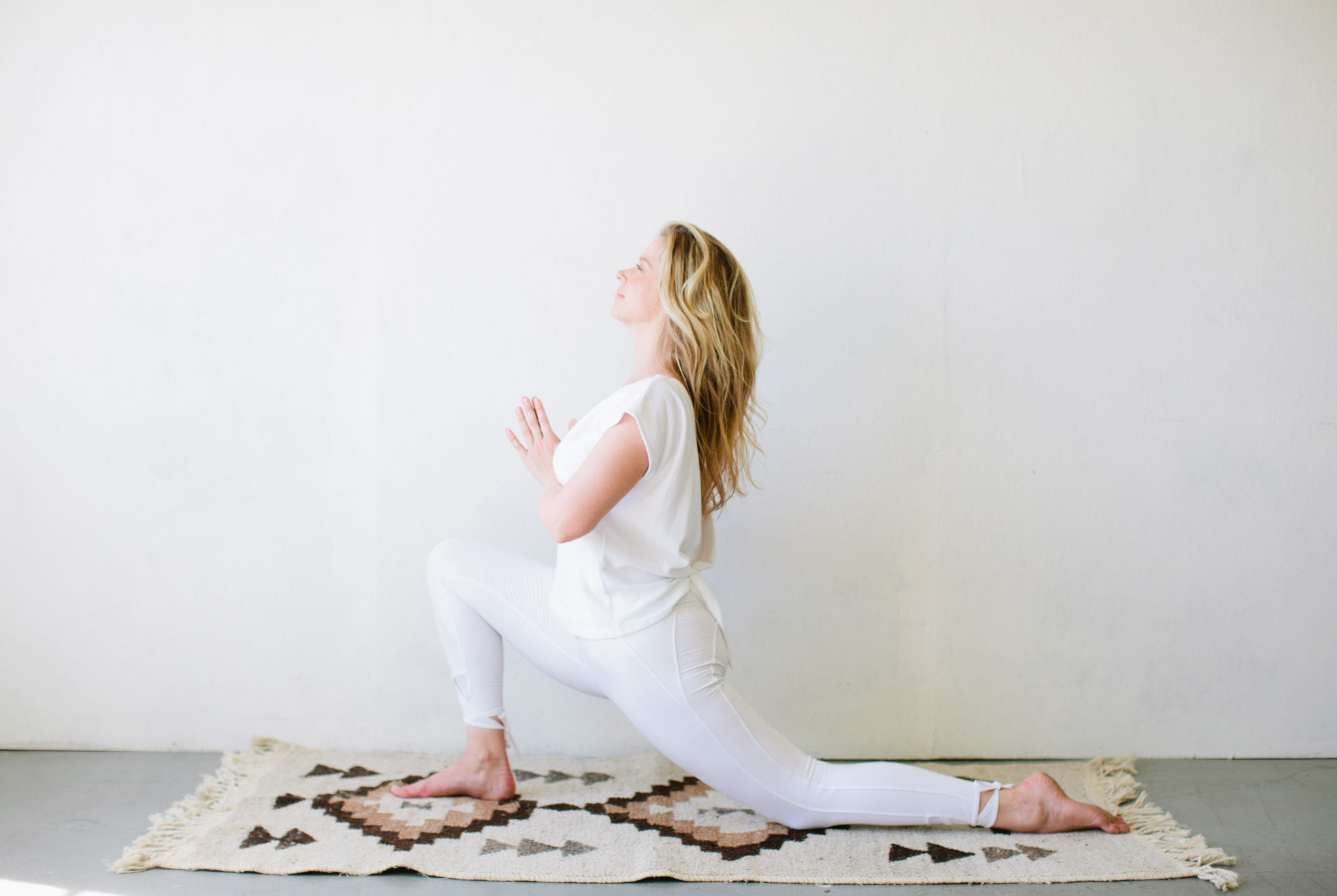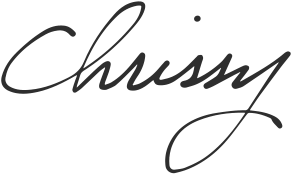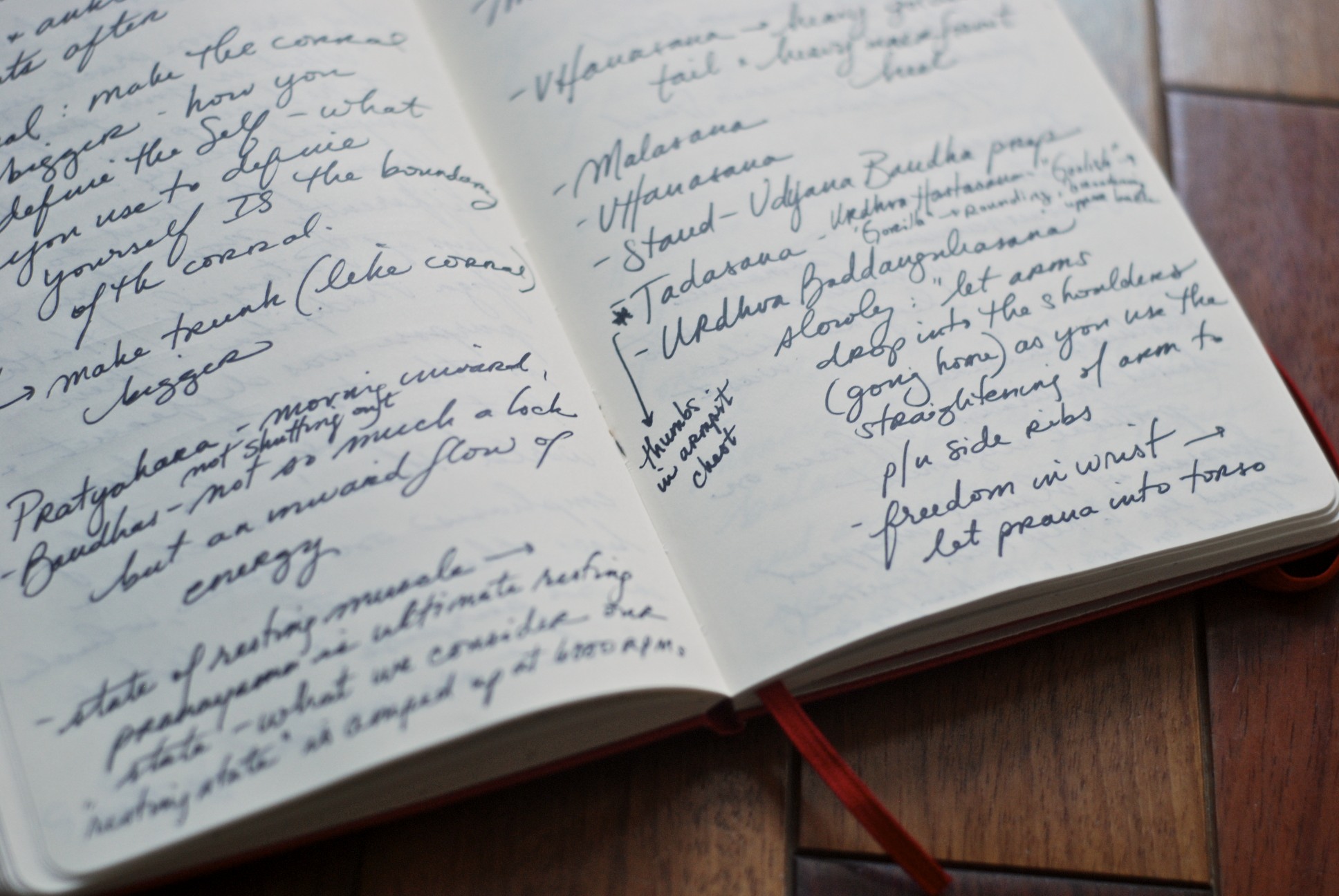Sequencing a yoga class is a science and an art. It takes not only a clear understanding of asana, but an ability to translate that understanding in a way that’s accessible and relevant. An intelligent sequence empowers a practitioner to be their own teacher by supporting independent exploration. Smart sequencing creates a clear, sound framework in which students can unpack a concept and look it from multiple perspectives. This kind of learning fosters a dynamic relationship with the practice and reminds us that there’s always something more to see.
An effective sequence should tell a story. The structure of a sequence follows an arc. There’s an opening and a warm up, where concepts are introduced and developed. The intensity progresses to a peak, or climax, where the work culminates in a specific posture that brings the story together. Finally, we experience the denouement where the story is resolved.
As the author of a yoga sequence, you have to work backward. First, you must identify the focus of your story. Choose a concept you’d like to teach and then identify which posture/genre of postures/exercises best demonstrate that concept. Break your peak into actionable puzzles pieces and strategize accessible ways to introduce those elements throughout your class. As your students develop familiarity and proficiency with your chosen concept, slowly increase the intensity and complexity of its application. Finally, craft a thoughtful cool down that neutralizes the body both physically and energetically.
While a great sequence depends on a sound framework, the art of sequencing is in how you deliver the story to your students. Sequencing is so much more than the postures you choose and the order you put them in. Your instructions bring the practice to life. What you say and (more importantly) what you choose not to say can influence how a sequence is absorbed. For example, a gifted teacher can take a mediocre sequence and, with intelligent instruction, elevate it into art. Conversely, a great sequence, if poorly taught, can be rendered useless.
Which instructions should you choose to say? There’s no wrong answer. There are, however, a few factors to consider. What level is the class? A cue like, “Draw the front low ribs in towards the spine” will fall flat if a student has no idea what or where the front low ribs are, let alone how to move them. What’s the style of the class? You will need to find the right method of delivery so that your instructions fit within the container of the style. How long is the class? If it’s a lunchtime express, your cues better get to the point; there’s no time to wax poetic. What level of sophistication are your students practicing with? This determines where your instructions fall on the spectrum of complexity. “Lift your chest” and “Move the inferior angle of the scapulae in towards the heart, as if you were scooping up a bit of earth with two small trowels” are two vastly different ways to communicate the same concept.
Pro tip: Keep it simple. That goes for everyone, all the time, in any style or level. When it doubt, just keep it simple. It will never fail you.
When choosing which concept(s) to highlight in a pose, please don’t pick everything there is to do in that pose. Better to focus on one or two things than to overwhelm your students with too much information. I like to think of it this way: If I were traveling to the desert island of, let’s say, Handstand, and I could only pack a few things in my carry-on luggage, what would they be? The trick is to pack light. And it doesn’t matter so much what you decide to pack so long as A) it makes sense and B) you weave it throughout your sequence, exploring what “it” is by looking at it from many different angles.
The poses you choose in your sequence should illustrate what you’ve decided to pack in your carry-on. Craft your instructions thoughtfully so that they inform the essence of your sequence in every pose. Not that you should beat your students over the head with the same cues. Your instructions will shape shift from pose to pose, delving deeper into detail as your sequence progresses.
It’s important to deliver your sequence with conviction. Your instructions should come from a place of genuine understanding. To that end, you must dedicate yourself to your practice, continuously exploring yoga with the curiosity, fascination, and delight of a beginner. That’s the key to staying inspired and connected to your teaching. Then the magic happens—you can walk into a classroom with your plan but remain open to what’s happening in real time. You’ll be able to tailor your sequence and your instructions to the people in front of you because you’ve cultivated a genuine ownership of the material.
Beyond the realm of the physical, your energy has the power to influence the direction and absorption of your sequence. As a teacher, you have to know when to be soft, when to be sharp, when to be funny, when to be serious, when to be demanding and when to be quiet. It’s also important to keep in mind that, as a teacher, you are a vessel for your teaching. Be mindful to leave any negative energy at the door so that it doesn’t impede the organic flow of teaching. This isn’t always possible, so when you feel overwhelmed by powerful forces such as grief, sadness, or anger, rely on your technique. Don’t try to be inspiring. Just do your best to get out of the way.
A thoughtful sequence creates the space for students to safely explore the deeper layers of the practice, but it can also create a framework for your voice as a teacher. The practice and art of sequencing will ultimately help you excavate your point of view. What are you really teaching, anyway? Your sequence, then, is a powerful tool for transformation for your students and for yourself.






Thank you for this wonderful post, Chrissy! I found it extremely informative, filled with great tips and analogies to help readers understand how sequencing a yoga class is a true art form. Keeping it simple is something I will remind myself of when I tend to get a bit too “wordy.” Your explaination of how a teacher’s level of skillfulness in instruction as well as sequencing can make or break a class, was eye opening. Keeping in mind WHO shows up for my class will also drive what and how I teach. Thanks for all the great tips. I look forward to reading more of your posts! 🙂
I’m so glad you found it helpful, Jessica! In many ways, this post is really only just scratching the surface, but I wanted to try and articulate some of the tools I’ve sharpened through my experience. If there are any topics related to teaching that you’re interested in learning more about, I’d love to hear your questions. Looking forward to meeting you here in the future!
Chrissy, Thank you! You put in to words an aspect of how I have intuitively approached (and enjoyed) teaching but never quite labeled the way you did: storytelling. A great class is like a hero’s journey of transformation and discovery. Along the way we encounter friends (the poses we like) and villains (the ones we don’t). I have a teacher who says “they aren’t poses, they are situations you in with yourself”. But seeing those situations as an unfolding story is such a wonderful way to view sequencing – and the teacher as storyteller is a great way for each student to find their own personal meaning the sequence. Good stuff to think about for class prep. Thanks!
Hi Scott! Thanks so much for your comment. I couldn’t agree more. It’s not merely the postures, but our relationship to those postures that reveals the narrative we face not only on our mats, but in the greater practice of our lives. I’m so happy to know that this post resonated with you. I look forward to chatting more about yoga and life with you here on the blog!
Chrissy, thank you so much for this! This is a wonderful post: so inspiring, so thoughtful and so informative. It’s wonderful as a teacher to have access to such lovely, experienced ideas from a Senior Teacher. For me, it also reminds me this is forever a learning and growing process, and that developing our own personal teaching style really is an art. But the core ideas are the same: keep it simple & thoughtful, yet focused. This post has served me so well just this week alone, and I’ve thought about some of your phrases while teaching. I know I will come back to your words over and over — this week they served as a warm blanket as I worked on crafting my sequences — going forward I know they will continue to be a wonderful & gentle guide. Thank you so much :). ~Michelle
Hi Michelle! Thank you so much for your comment! I’m thrilled that you’ve been able to apply the spirit of this post in your teaching! First of all, it’s my sincere pleasure to share my experience; my passion is to serve teachers. Second of all, you’re right—teaching is a practice, one that requires unwavering commitment and devotion. Your teaching style will continuously—infinitely—evolve as your relationship with yoga (and yourself) expands. I really look forward to reading more of your thoughts here at H(OM)E.
HI Chrissy,
I so miss your classes. I had to quit YW because of a bad bike accident. I am recovering and getting back to teaching students and teachers. I led a sequencing intensive in the Fall before the accident. This blog is so great I am going to share it with my teachers. I love the image of telling a story. It is in tuned with the Anusara Yoga methodology. I hope to get back to your class perhaps by the Fall. I am still doing home practice with many props. Do you teach a slow therapeutics prop heavy class? I would love to take it!
Miss you.Thanks for your guidance and sweet spirit. My prayers for you and your companion. The picture of the two of you broke my heart!
Love
Jackie Prete
Dear Jackie, thank you so much for your sweet note. I’m so glad to hear that you’re on the path towards healing. God, I WISH I taught a slow therapeutics prop heavy class! Alas, there’s nothing like that on my schedule. I look forward to seeing you hopefully in the fall. I’m so glad this post resonated with you; thank you for sharing it with your teachers! Much love to you.